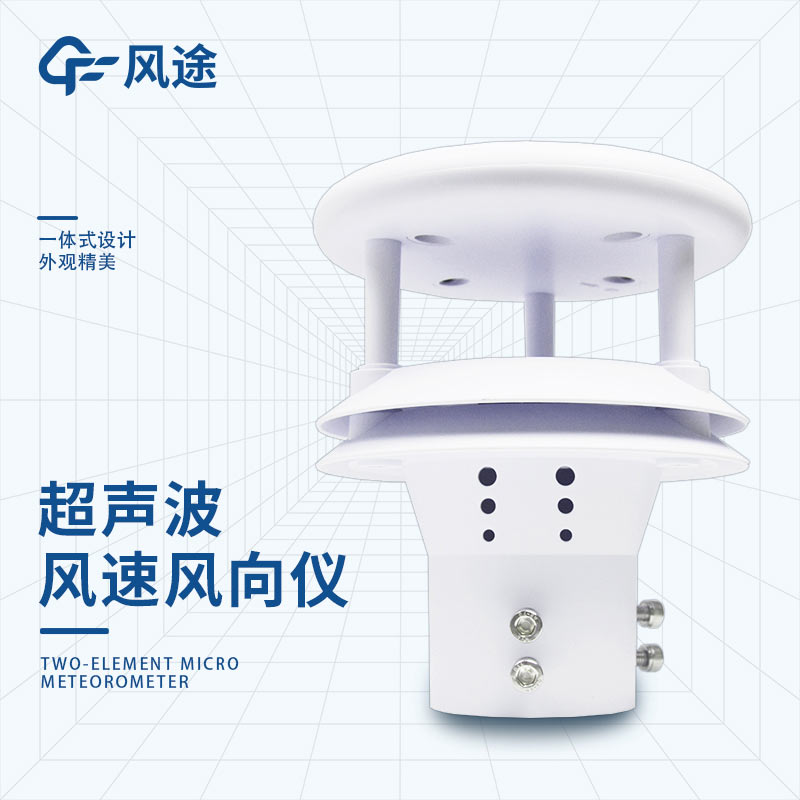Shandong Fengtu IOT Technology Co., Ltd
Sales Manager:Ms. Emily Wang
Cel,Whatsapp,Wechat:+86 15898932201
Email:info@fengtutec.com
Add:No. 155 Optoelectronic Industry Accelerator, Gaoxin District, Weifang, Shandong, China

Sales Manager:Ms. Emily Wang
Cel,Whatsapp,Wechat:+86 15898932201
Email:info@fengtutec.com
Add:No. 155 Optoelectronic Industry Accelerator, Gaoxin District, Weifang, Shandong, China
time:2024-11-06 08:46:26 source:Weather Station viewed:453 time
The history of human measurement of wind is extensive, evolving from ancient wind vanes and anemometers to modern high-tech equipment. Initially, people measured wind by observing wind vanes and anemometers. During the Renaissance, scientists invented more precise anemometers. In the 18th century, the advent of the cup anemometer further improved the accuracy of wind speed measurement. In modern times, remote sensing technologies such as lidar wind sensors have been widely used for the detection of wind conditions at higher altitudes. The development of these technologies has made wind measurement more accurate and efficient.
Ultrasonic Anemometer is an instrument based on ultrasonic technology that can measure wind speed and direction. The working principle of this device is based on the variation in the propagation speed of ultrasonic waves in the air, calculating wind speed and direction by measuring the propagation time or frequency difference of ultrasonic pulses in different directions.
The main advantages of this equipment include:
It can perform all-round,死角-free measurements, not limited by wind speed.
It is compact in design, has no moving parts, is durable, and easy to maintain.
It uses advanced error recognition technology to maintain data stability even in high wind conditions.
No calibration is needed after installation, making it easy to operate.
Ultrasonic Anemometer uses four downward-facing ultrasonic sensors that emit and receive ultrasonic signals in a cyclical manner, and calculates wind speed and direction with an integrated microprocessor. This instrument is widely used in meteorological stations, environmental monitoring, wind farms, navigation, and aviation fields due to its high precision and rapid response time.

Field microclimate refers to a small local area, which is the most important environmental condition affecting crop growth and development and yield formation. By analyzing the distribution and characteristics of microclimate elements in farmland through field microclimate observation stations, we c...
With the continuous development of agricultural production, the monitoring of moisture content has become a key aspect of agricultural drought mitigation. In order to improve the accuracy and reliability of monitoring, modern technologies have been continuously introduced into this field. From the d...
Park air quality monitoring station is an important part of urban garden construction in my country, and its main function is to monitor the concentration and distribution of air pollutants in parks. With the continuous acceleration of urbanization and the rapid growth of urban population, the probl...
The photoelectric rain gauge is an advanced meteorological instrument for accurate measurement of rainfall. Based on photoelectric sensing technology, it can monitor and record rainfall in real time, providing important data support for meteorological research, water resource management and disaster...